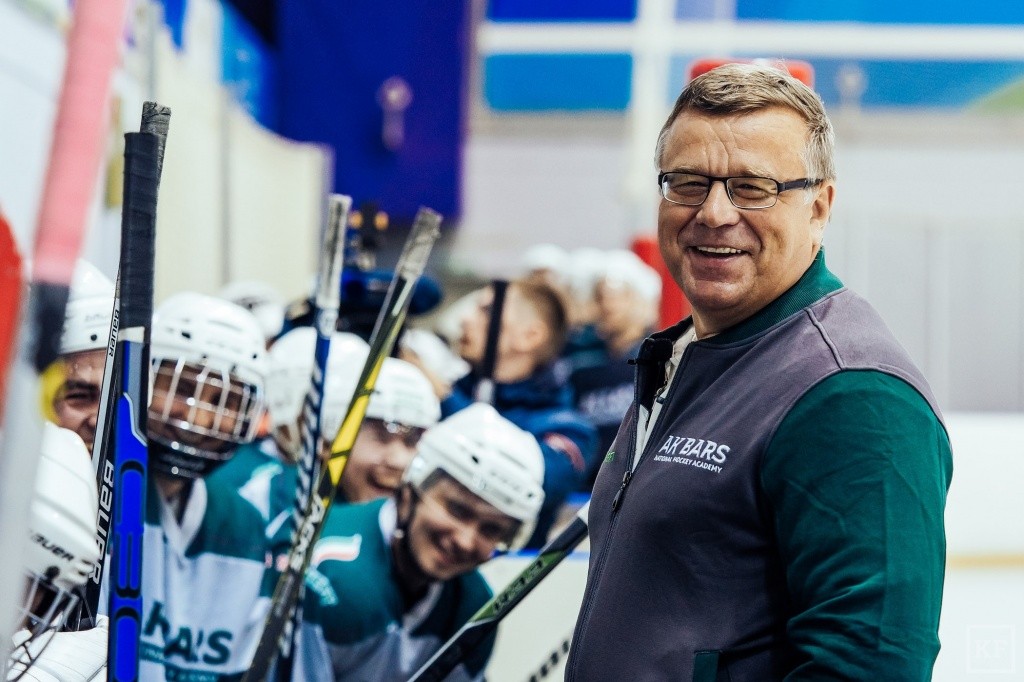Training Method of the Academy

Training in Ak Bars Ice Hockey Academy is based on a method developed in view of the requirements and standards for a sportsman in modern hockey.
The method was developed by specialists of the Research and Methodology Centre of Ak Bars Ice Hockey Academy headed by Sergey Ivanovich Shved, Head of the Research and Methodology Centre, Igor Zakharkin, Director of the Players Development Center, and Professor Viktor Efimovich Gorsky, the famous hockey analyst.
The task of the Research and Methodology Centre is to develop the training system of young sportsmen to ensure that graduates of Ak Bars Ice Hockey Academy upon completion of training are fully prepared for competitive activities in adult hockey.
To achieve this goal, the sportsmen training method involves working with children in five main areas:
-
physical training;
-
technique training;
-
tactics training;
-
psychological training;
-
theoretical training.
Since the age range of pupils of Ak Bars Ice Hockey Academy is wide (from 5 to 18) the teaching aids are developed with due regard for the physiological and psychophysiological characteristics of each age group. The said range includes the following age categories of young hockey players:
-
children group (age of 5 to 12);
-
teen group (age of 12 to 15);
-
junior group (age of 15 to 20).
By the end of each age period, a hockey player acquires a certain set of skills which becomes the basis for the next stage of training and learning.
For example, by the age of 12, the child gains motor skills, develops dexterity, speed, flexibility, coordination abilities, and playing mentality. A young hockey player knows the basic technical elements of skating, he can handle the puck in many different positions, can evaluate the game situation and finish his attack with a shot or a pass.
By this age, a child develops a conscious desire to play hockey. A child enjoys the hockey game, performs general command requirements of the discipline, strictly follows the instructions of the coach, respects his teammates and opposing players.
By the age of 15 hockey players have more developed physical qualities. At this age, they have power training with their own weight and small weights, as well as training for the development of endurance. Sportsmen acquire basis of individual tactics of the game in attack and defense, have skills of checking at boards and on the rink, know and are able to carry out group and team tactical actions in attack and defense, in case of power play and man-down situation. They are to have a high level of discipline. This period is characterized by the development of leadership and strong will, that sportsmen should use for the benefit of the team.
The hockey players of a junior group (age of 16 – 18) must have developed high-speed and coordination skills. They should master the entire arsenal of skating techniques at any speed, with arrhythmia of movement, resistance of opponents, changes of direction. All kinds of power qualities and endurance develop during this period.

Igor Zakharkin, honored coach of Russia, head of the players development Center of AK bars hockey Academy. Moiseeva I. Yu.
A hockey player at this age should comply with the regime of a professional sportsman in everyday life, training, and competitive process.


